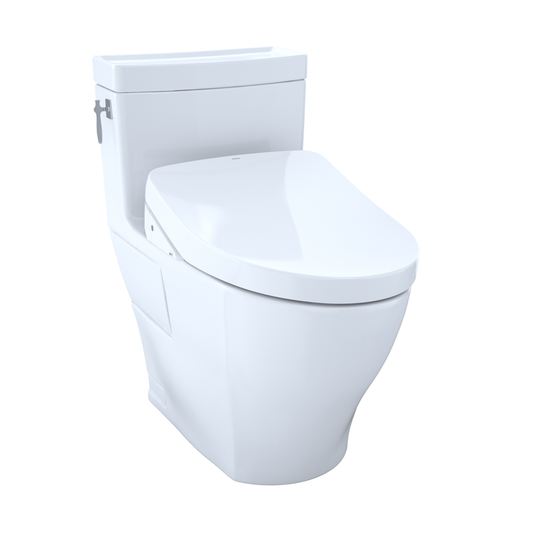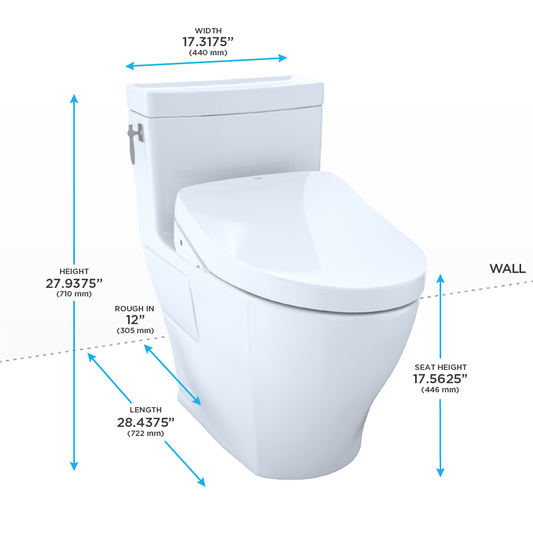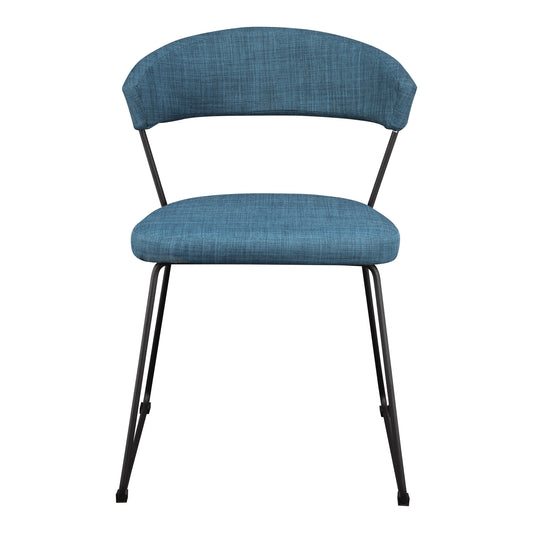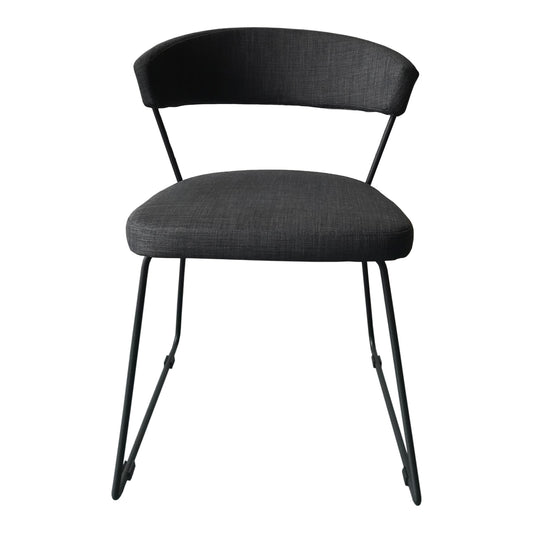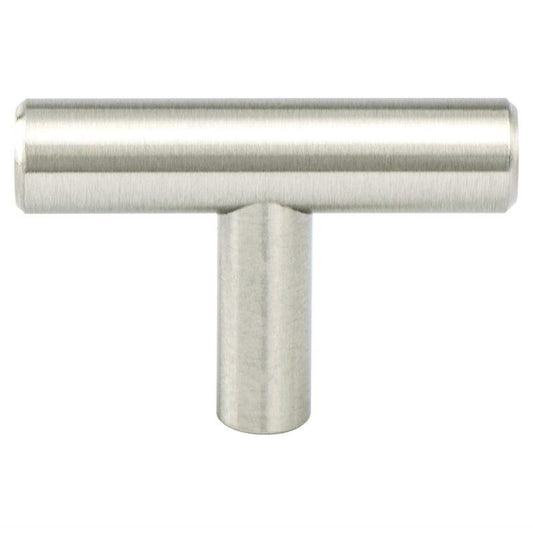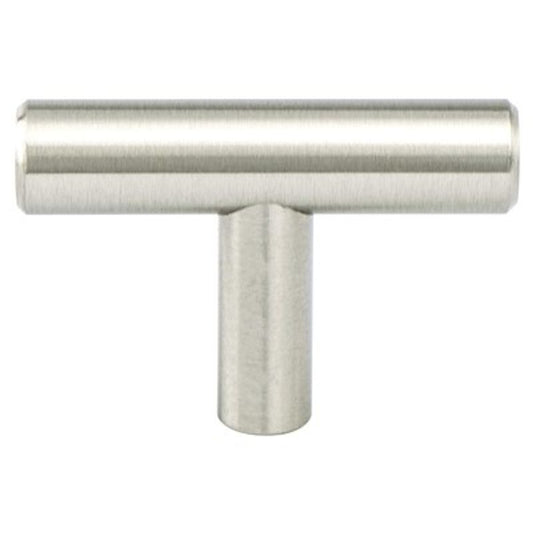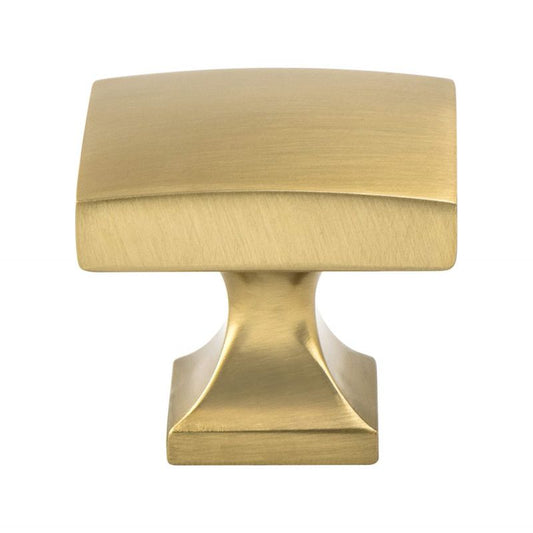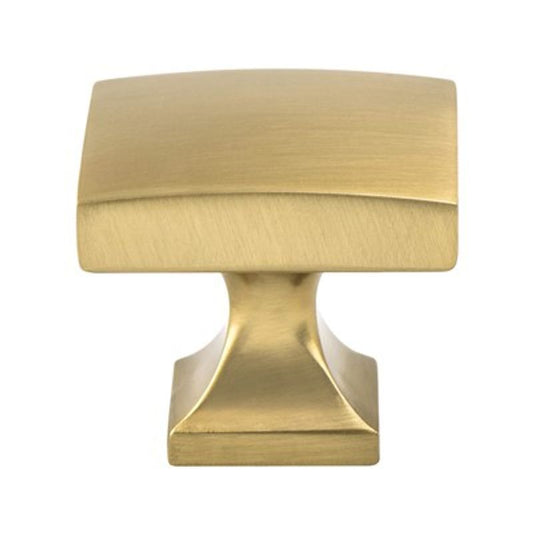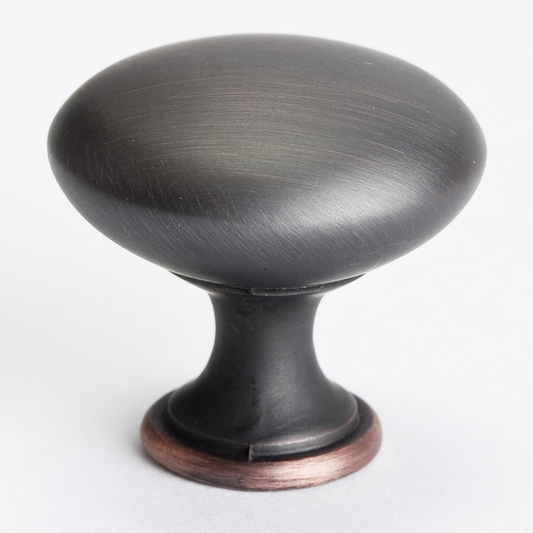How to Clean & Maintain Your Faucet
February 9, 2021
By the Vevano Home Team
Day to day, it’s normal to clean and wipe down your countertops and sinks. But what about your faucets? How often should you clean them? How should you maintain your faucet depending on its finish? Or, is it time for a new faucet altogether?
Common issues you may encounter with your faucets, whether for your sinks, shower, or tub, are mineral deposits (like limescale), water spots, stains, scratches, or chips.
Maximize the life of your faucets and shower heads so they continue to work well and maintain their appearance by understanding more about the faucets in your home.
What's on your Faucet
Hard water, with high amounts of calcium and other minerals, can shorten the lifespan of your faucet. This happens through hard water buildup and damage that impairs how your faucet and connected piping works. Wherever water pools and gathers is where these hard mineral deposits also gather.
An indication that hard water buildup is affecting your faucet is when you start to notice a change in how the water flows from the spout, from lesser water pressure, to a shift in how it sprays. Mineral buildup creates blockages in your faucet, causing the water to trickle or spray off-direction instead of flowing downward freely. You may also notice white buildup in or around your faucet. If iron is present in your water, the buildup may be rusty or yellow and can certainly stain your sink.
There are a few different solutions for removing hard mineral deposits from your faucets.
A glass or window cleaner should help, as can white vinegar, specifically used on the deposit-ridden areas. A cotton ball or paper towel soaked with white vinegar, for example, is a common solution to attach to the mouth or head of your faucet (with a tie or hairband) for 5-15 minutes. This removes the crusty hard water buildup there. Simply wiping the mouth with vinegar and brushing it with a toothbrush can also help to clear mineral gunk. These suggestions are similar to a popular solution of putting white vinegar in a plastic bag to cover and soak your shower head, secured with a rubber band, in order to remove hard water buildup.
If you opt for any vinegar cleaning solution, use a 50/50 solution with half water, half vinegar to reduce possible damage to your faucet. Whenever you use vinegar as a solution for hard water aftereffects, make sure it’s thoroughly rinsed with clean water and dried after cleaning.
If a deposit is particularly stubborn, invest in a specialized mineral deposit cleanser, which can further maintain the appearance and integrity of your faucet.
In terms of preventing issues brought on by hard water buildup, installing and properly maintaining a water softener for your home can mitigate problems facing your faucet.
Regular Cleaning, Maintenance, & Prevention
When it comes to cleaning and maintaining your faucet, no matter the finish, there are a few rules of thumb that work across the board.
Overall, a damp soft cloth, like microfiber, with a small amount of mild soap is all you need to regularly clean your faucet, just remember to dry it off with a dry soft cloth so water spots don’t show. This alone should maintain the natural luster of your faucet.
Do your best to always dry your faucet with a soft (microfiber) cloth whenever it gets wet to prevent water spots or damage from settling. If water spots do appear on your faucet, warm water on a soft damp cloth should easily remove them.
Avoid using abrasive scrubbers or pads as those can ruin the sheen of your faucet by scratching and scuffing the finish. Using a soft bristled toothbrush is sufficient for harder to reach areas or where water deposits tend to settle the most.
Similarly, avoid any industrial-grade, bleach-based, or abrasive cleaners. Particularly those that contain hydrofluoric, hydrochloric, phosphoric acids, and caustic agents. Read product labels carefully to look out for cleaners that could tarnish, rust, or damage your specific faucet.
In most cases, scrubbing a toothbrush with baking soda and a little water onto stains should do the trick. Use a polish or wax, either aerosol or liquid, on faucets with a matte finish to provide a continually uniform appearance and to prevent fingerprints and other everyday marks.
Overall, non-abrasive cleaners and scrubbers are ideal for preventing scratches and damage to your faucet. Always keep the finish of your faucet in mind when choosing and using cleansers.
Finicky Faucet Finishes
Here are some more specific instructions for different types of faucet materials:
Brass - To clean a brass faucet, use a mild soap or detergent with hot water on a soft cloth. Without a protective coat, brass finishes are easily scratched or scuffed. Avoid acidic fluids and astringent or abrasive cleaners as they can further damage the top coat of a brass finish, dulling the shine over time. Oxidation is also possible with brass finishes. To remove oxidation from a brass faucet, create a paste with baking soda and white vinegar and apply it with an old toothbrush. Let it sit for about half an hour before rinsing thoroughly and patting dry with a soft cloth. You can add a polish to complete the process as well. Lemon and table salt also work well on solid brass faucets to remove stains. As brass is prone to tarnishing, a polish/lacquer/wax or even oil (mineral, olive, linseed, etc.) helps keep brass shiny and protected for long-lasting shine.
Stainless steel - Routine cleaning with soap and water preserves stainless steel faucets’ sheen and integrity. Stay away from abrasive cleaners and scrubbers, like steel brushes, as they scratch and dull stainless steel. Simply rub and dry in the direction of the grain to optimize its appearance. Rinse any cleansers off stainless steel quickly to prevent corrosion. Drying stainless steel faucets after use prevents water marks and surface rust. Don’t let rags, cloths and sponges dry on stainless steel, as they also dull its shine.
Chrome - While durable, chrome’s shine can often get lost behind surface blemishes like fingerprints and water spots. Remedy splotches with a dry buff using a soft cloth. Soap and water is a staple for cleaning chrome, with a soft cloth or sponge, so long as it’s rinsed and dried afterward. A 50/50 mixture of water and white vinegar is also a cleaning option for chrome. Be sure to not let it sit for too long as chrome finishes are particularly susceptible to damage from extended exposure to vinegar. Like most other finishes, avoid using abrasive soaps and scrubbers on chrome faucets.
Bronze - Routine cleaning is necessary to keep bronze finishes beautiful and free from corrosion, green film, and the dreaded deterioration. Gently wipe down your bronze faucet daily with a soft microfiber cloth to remove any soap or toothpaste residue and dust, as they can all eat away at a bronze finish. Clean bronze finishes with a teaspoon of salt mixed in one gallon of warm water, and use a soft-bristle brush to apply the mixture. To deep clean, add one teaspoon of salt to one cup of white vinegar, and add flour until it creates a paste. Coat the bronze faucet with the paste, let it dry for one hour, and rinse off with warm water. Always finish by drying your faucet with a soft cloth. However, avoid washing oil-rubbed bronze too often and instead gently wipe your faucet with a dry soft cloth after each use. Stick to cleaning your faucet with a damp soft cloth with clean water, and dry immediately after. If you see any moisture on your oil-rubbed bronze faucet, dab (opposed to rubbing) away the moisture immediately to prevent water spots. When using vinegar to clean your bronze faucet, always dilute it 50/50 with water and don’t let it sit for more than a few minutes. A periodic thin layer of liquid antique wax (Renaissance Wax is highly recommended), or even oil, is also good for bronze faucets and fixtures to restore shine.
Polished nickel - Polished nickel takes well to regular maintenance with a quick wipe down using a wet cloth, if not a damp, soapy washcloth, and a buff dry. Polished nickel is prone to showing fingerprints and water spots like chrome, but needs a bit more maintenance to maintain its luster. Like brass, nickel can also oxidize over time, especially if the top-layer polish cracks or chips, so regular maintenance is needed for polished nickel faucets. A damp rag with white vinegar is sufficient to gently rub off water spots when needed. For a more intense clean, spray a disinfectant on and leave to set for a minute before using a toothbrush to scrub small or tricky to reach areas (like edges). Remember to rinse the cleaner off the faucet before buff drying with a clean rag.
Brushed nickel - Unlike polished nickel, brushed nickel doesn’t show fingerprints or water spots. However, the maintenance is pretty low-key, a damp cloth wipe down is sufficient on a daily basis. Like chrome, brushed nickel is durable and is easy to clean. Corrosion is possible if you use harsh cleaners, so be sure to avoid using abrasive cleaners and scrubs.
When in doubt, check the manufacturer’s website for maintenance and care instructions. There are always finish-specific cleansers available for purchase as well.
Don’t Forget the Aerator!
The aerator is what ensures the flow of air and water out of your faucet is smooth. It is just as likely as the faucet’s exterior to experience mineral buildup and debris. Clean your aerator about once a year for a seamless experience. Remove the aerator parts from the faucet,, flush the parts with water, and use a toothbrush to gently brush away any debris. Helpful tip: keep the parts in their proper order as you remove them to make it easy to reassemble after cleaning.
If there's a tough deposit to remove in the aerator, soak it in white vinegar overnight and rinse thoroughly with hot water to clear the residue. It’s also easy to purchase a new aerator as they are inexpensive and easily available.
Optimize the Life of Your Faucet
We hope that this guide helps you maximize the longevity and beauty of the many faucets in your home.
If your faucet has taken many years of use and has experienced difficult buildup, sometimes it’s easier and more economical to update your faucet rather than try to clean or fix it. Our guide here will tell you if it’s time to update your faucet. To find a corresponding faucet and sink combination set, see our collection here.











